In the treasure trove of Thanh Hoa's cultural heritage, Lam Kinh Festival is considered a precious gem with many priceless and unique values. The festival not only preserves many unique values, but is also an opportunity for Vietnamese people to review and be proud of the tradition of fighting to build and defend the country of their ancestors.
 Procession ceremony at Lam Kinh Festival.
Procession ceremony at Lam Kinh Festival.
Lam Kinh Festival is associated with Lam Kinh Historical Relic Site and Lam Son land. In 1433, after King Le Thai To passed away, he was buried in Lam Kinh. From here, temples and shrines began to be built.
The book “Viet su thong giam cuong muc” recorded the construction of Lam Kinh: In 1433, King Le Thai To passed away, his body was brought back to Lam Kinh, buried in Vinh Lang, in December of the same year, “the officials who followed him returned to Tay Kinh to build Lam Son Temple”. In April 1434, King Le Thai Tong ordered “Huu boc xa Le Nhu Lam to Lam Kinh to build a temple to worship Thai Mau”. Every two or three years, the king and the officials of the Le Dynasty court went to Lam Kinh to perform ceremonies, to commemorate the merit of founding the career of King Le Thai To. The ceremonies were all performed according to royal court rituals. The worshiping rituals included: “Offering to the temple, using four buffaloes, beating bronze drums, and the soldiers cheering and responding. Regarding martial music, there was a dance of “Binh Ngo pha tran”. Regarding literature, there was a dance of “Chu vassals lai trieu”. Grand Tutor Le Bi came to perform the ceremony at the temple of King Chieu Hien (named Hoc, Le Loi's real brother) and King Trung Dung (named Thach, Le Hoc's son) using three buffaloes. Minister Le Khang came to perform the ceremony at the temple of King Hoang Du (named Tru, Le Loi's second brother) using one buffalo.
Regarding the festival, the book “Dai Viet Su Ky Toan Thu” recorded: Emperor Le Thai Tong “remembered the merits of his predecessors and composed the Binh Ngo dance”. The organization of the Binh Ngo dance performance was recorded in the above book quite specifically: “In the 7th year of Thai Hoa (1449), in the spring of the first month, the king held a banquet for the mandarins, with Binh Ngo dance and music. Some dukes and marquises were moved to tears”; “Seven years later (1456), King Nhan Tong, on the occasion of returning to Lam Kinh to pay homage at Son Lang, ordered the beating of bronze drums and the performance of “Binh Ngo Pha Tran” and “Chu Hau Lai Trieu”.
 Many special performances take place at Lam Kinh Festival.
Many special performances take place at Lam Kinh Festival.
After many events, the Le Dynasty collapsed and the Lam Kinh temple complex also declined. At the same time, the royal rituals also disappeared from the "life" of Lam Kinh for a long time. It was not until the beginning of the 20th century that Lam Son village built a temple right on Lam Kinh land to worship King Le Thai To, Nguyen Trai, Le Lai and Princess Bach Y. Many rituals were gradually restored, practiced and preserved by the people. Perhaps this has created the unique, different and attractive features of Lam Kinh Festival, which is both royal and community.
Today, Lam Kinh Festival takes place on the 21st and 22nd of the 8th lunar month every year, associated with the reminder: "Twenty-one Le Lai, twenty-two Le Loi". Lam Kinh Festival is held with many solemn and sacred rituals. The ceremony includes the procession of King Le Thai To's palanquin, the palanquin of Trung Tuc Vuong Le Lai, reading of congratulatory messages, reporting to ancestors, offering incense in memory of King Le Thai To and Lam Son martyrs. In addition to the main rituals, the festival is impressively organized with a theatrical art program reenacting the Lam Son uprising with important milestones such as Lung Nhai Oath, Le Lai saving the lord, liberating Dong Quan citadel, Le Thai To's coronation, along with many unique games and performances such as Xuan Pha, dragon dance, festival drums, pon poong... The combination of these performances has shown the strong vitality in the spiritual and cultural life of the people. At the same time, it affirms that Thanh Hoa is a land rich in tradition, a rich, vibrant, colorful, expressive and artistic intangible cultural treasure of the Thai, Muong and Kinh ethnic groups.
Lam Kinh Festival not only enriches the diversity of Thanh culture and Vietnamese ethnic culture, but also affirms its position in the flow of history, culture and the hearts of the Vietnamese people.
Article and photos: Thuy Linh
Source: https://baothanhhoa.vn/le-hoi-lam-kinh-nam-2024-di-san-van-hoa-phi-vat-the-vo-gia-225632.htm


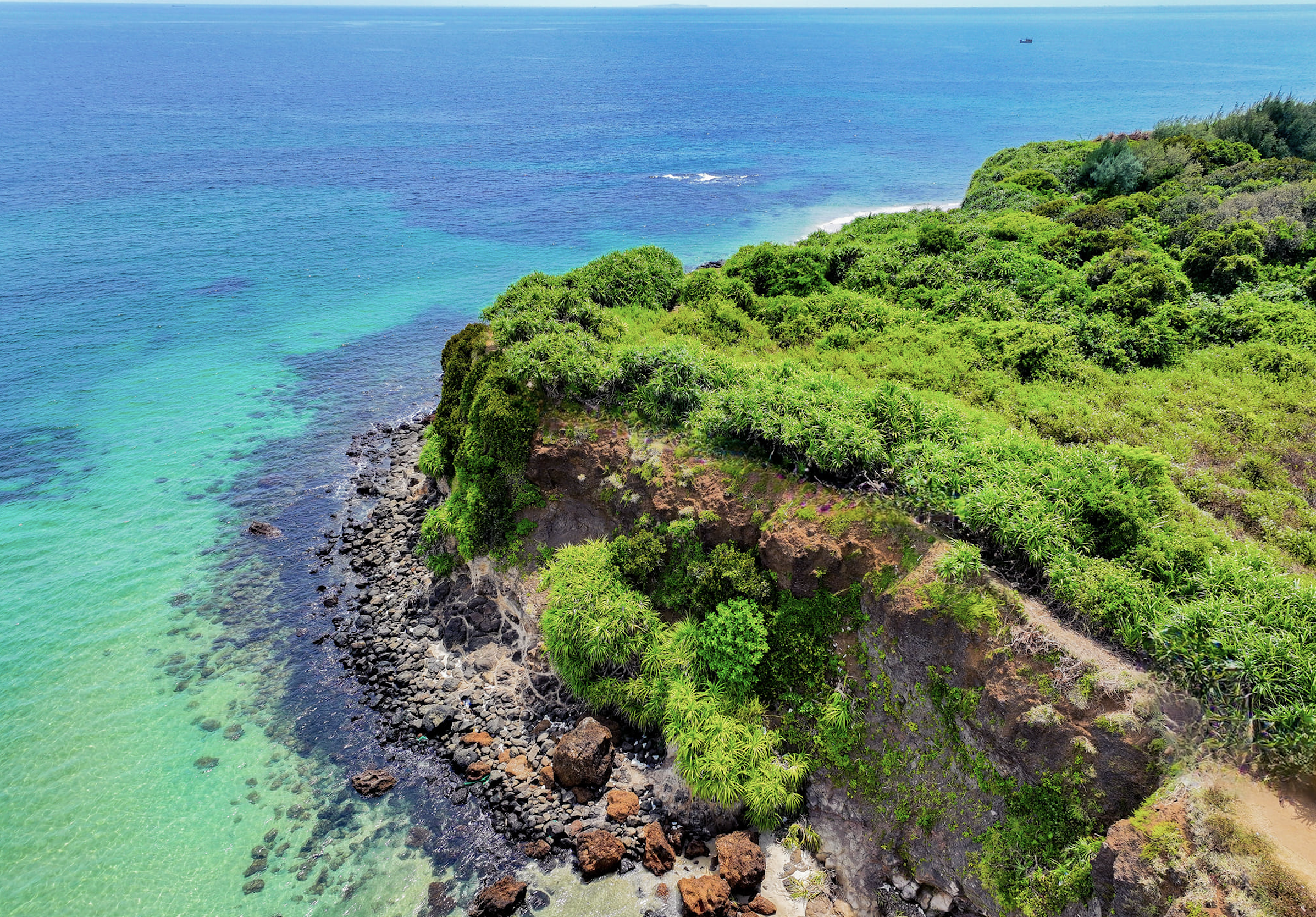
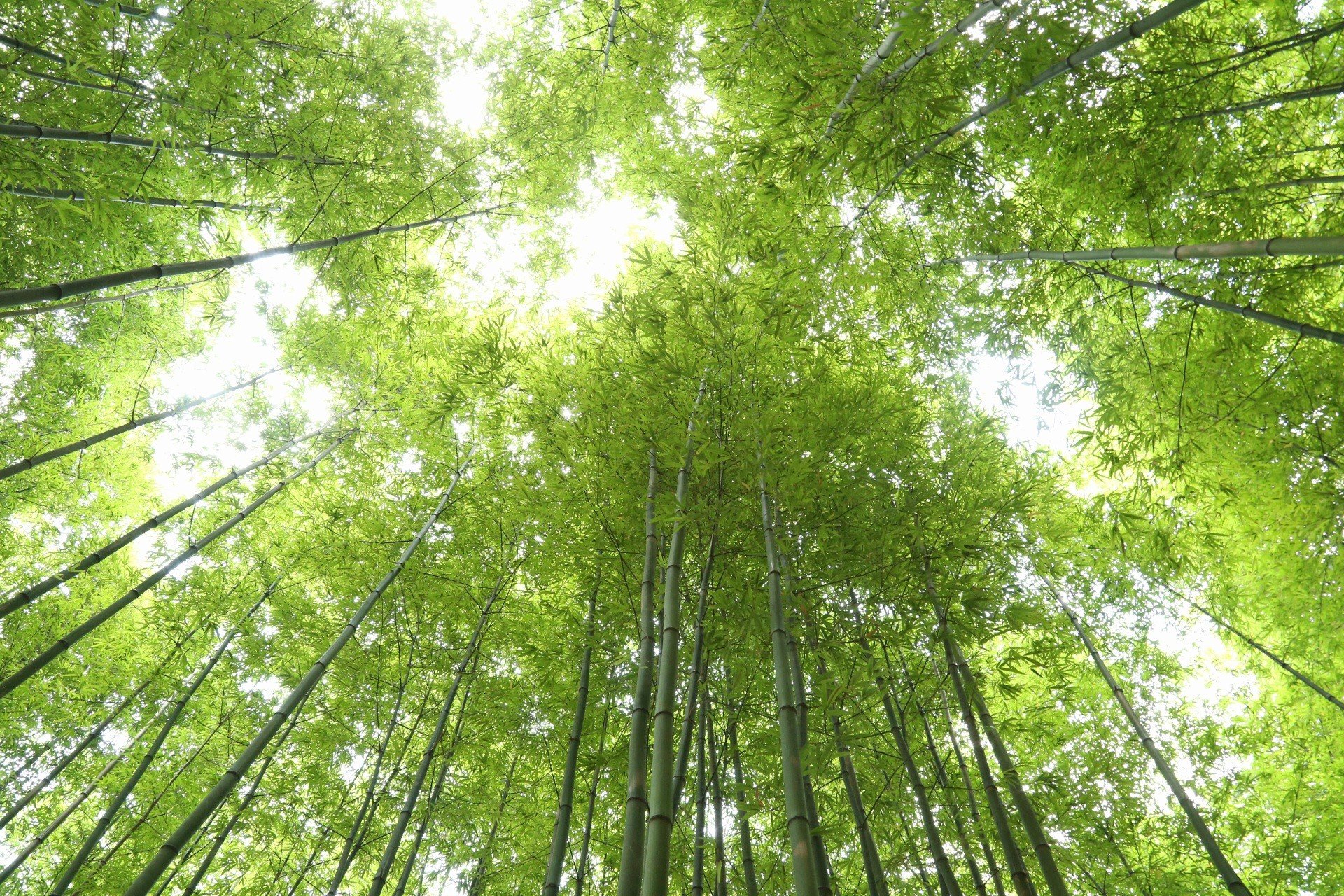
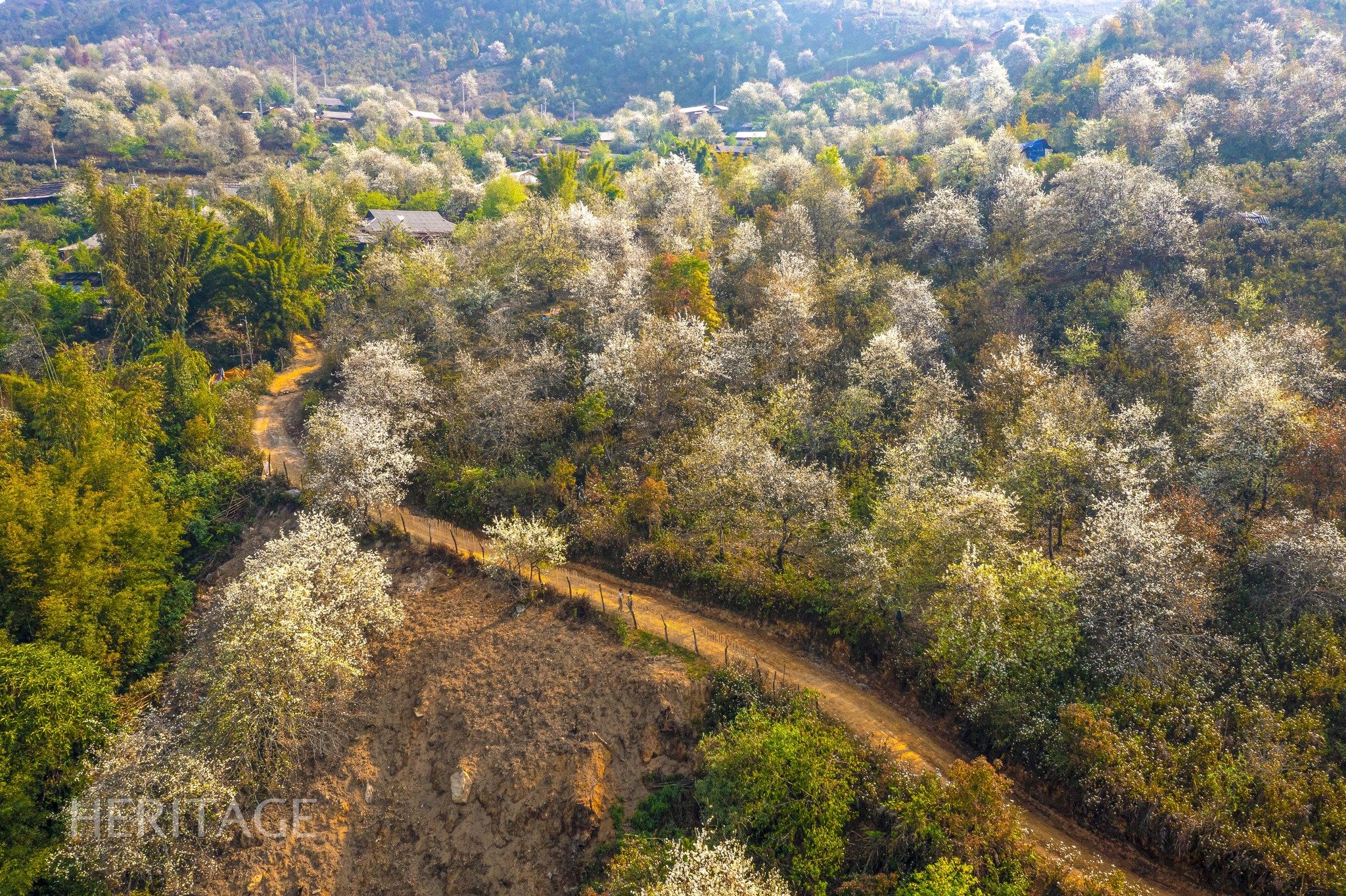
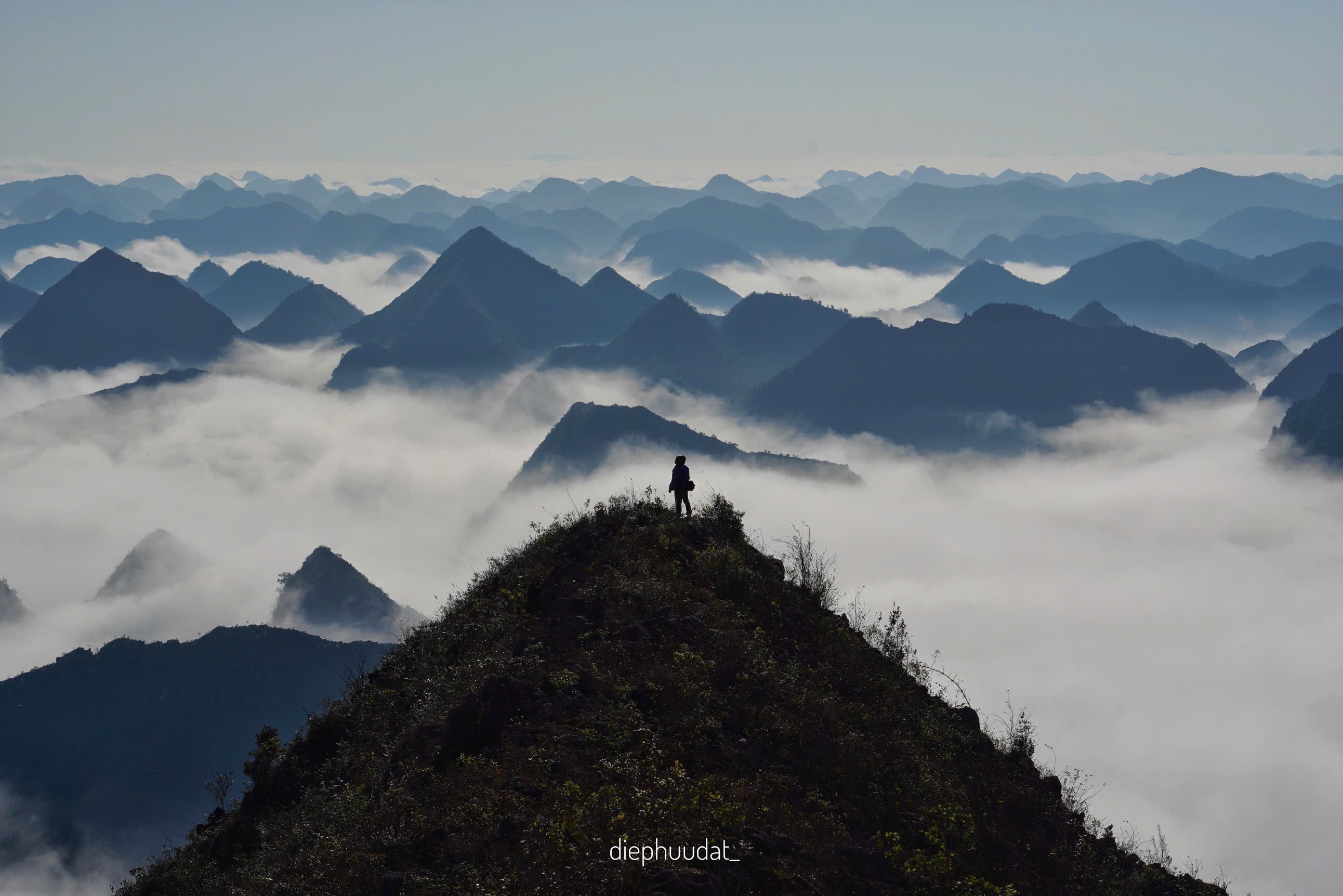

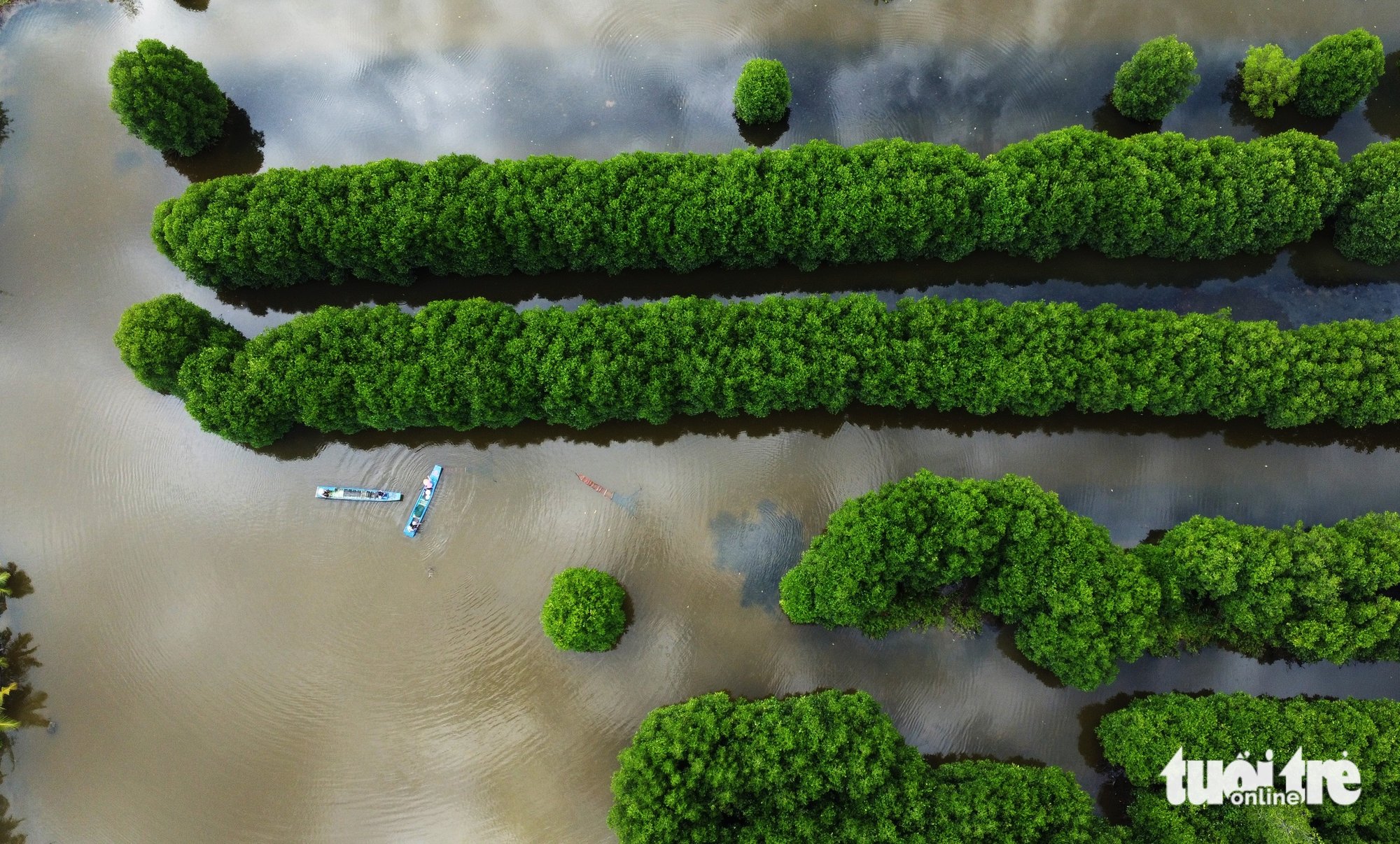
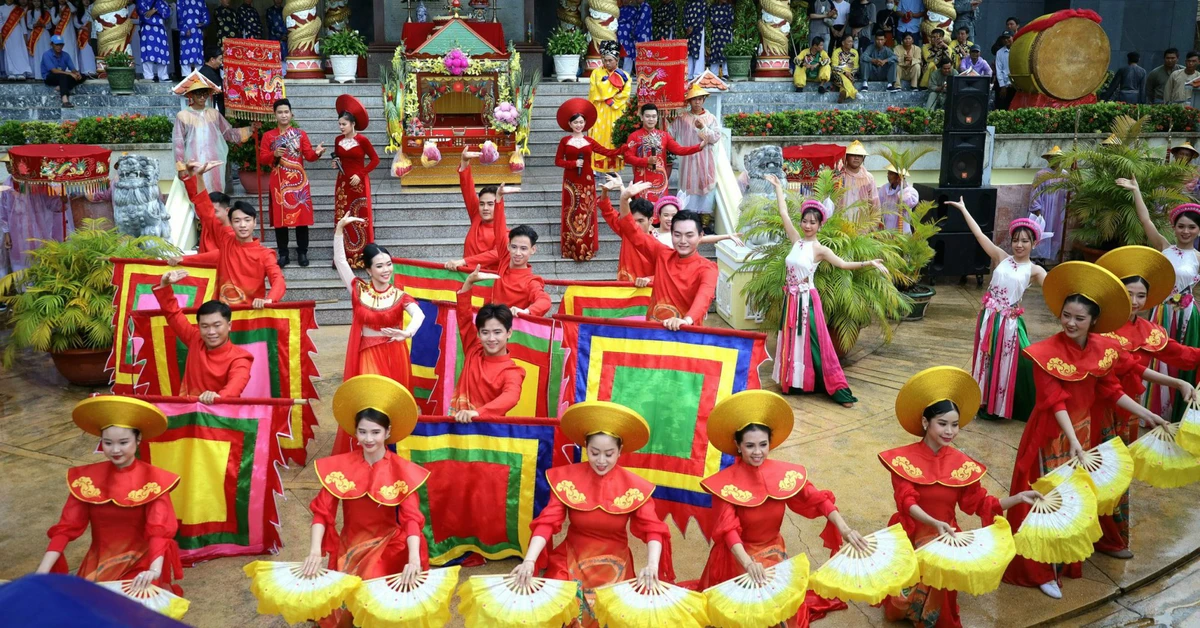



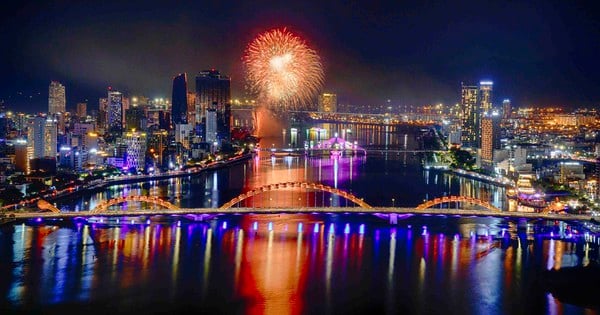

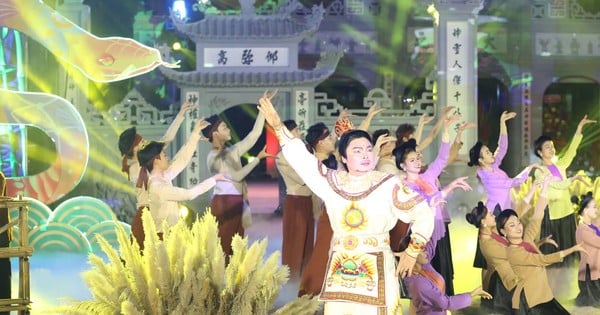

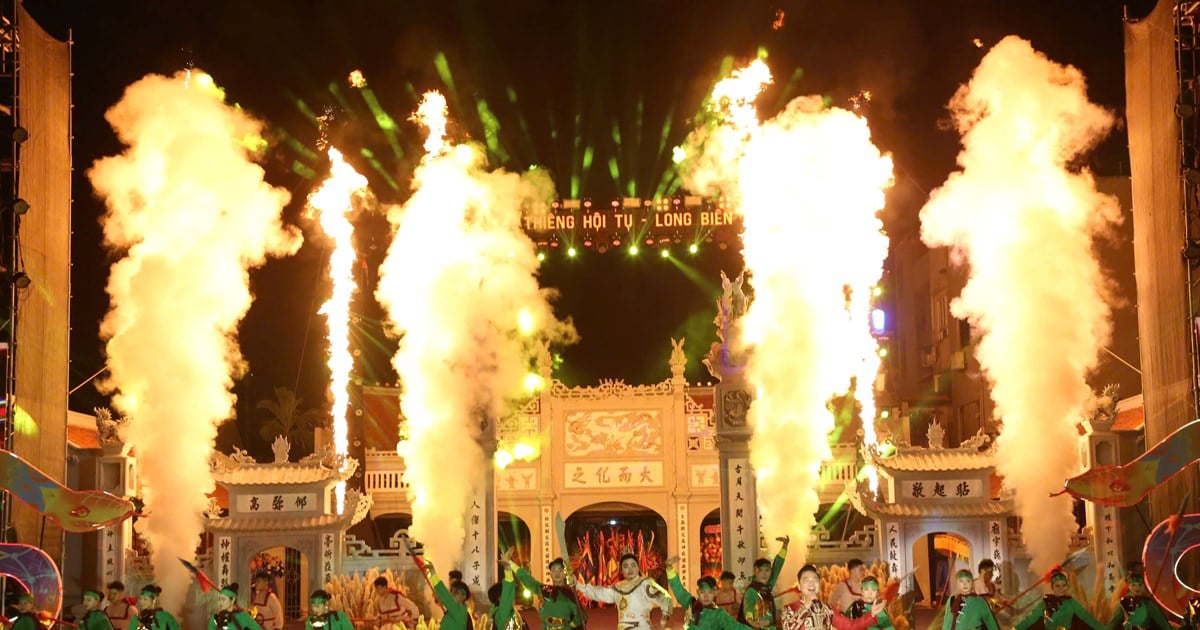
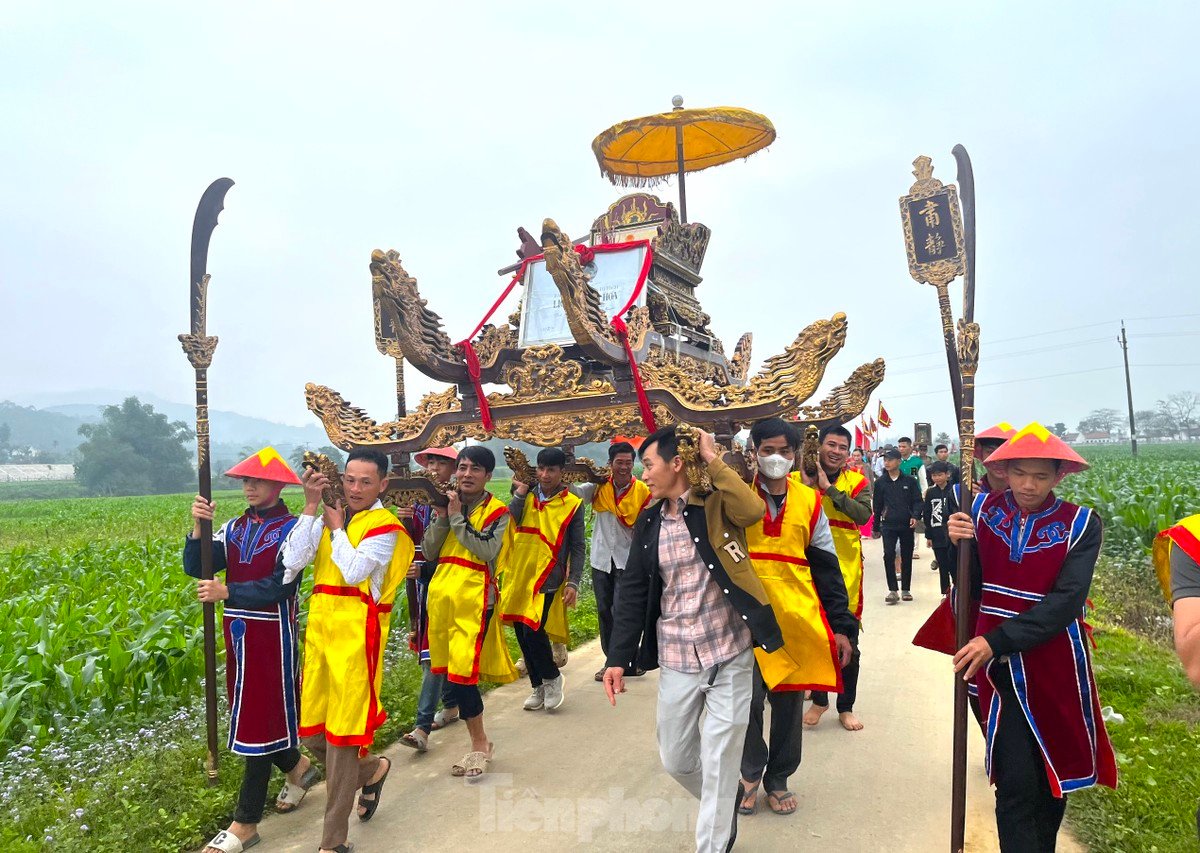
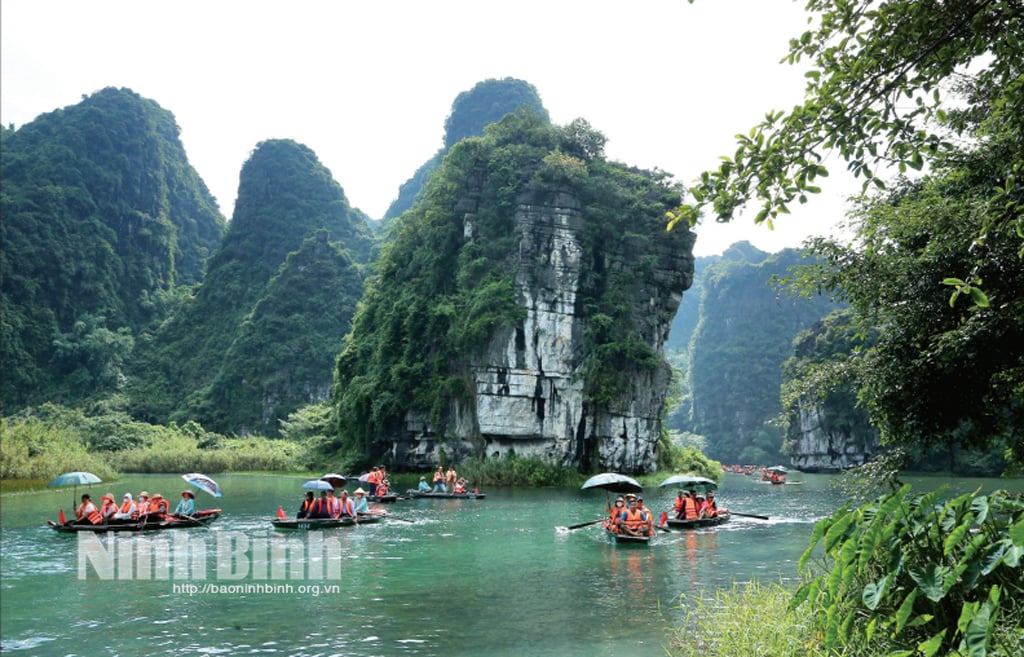





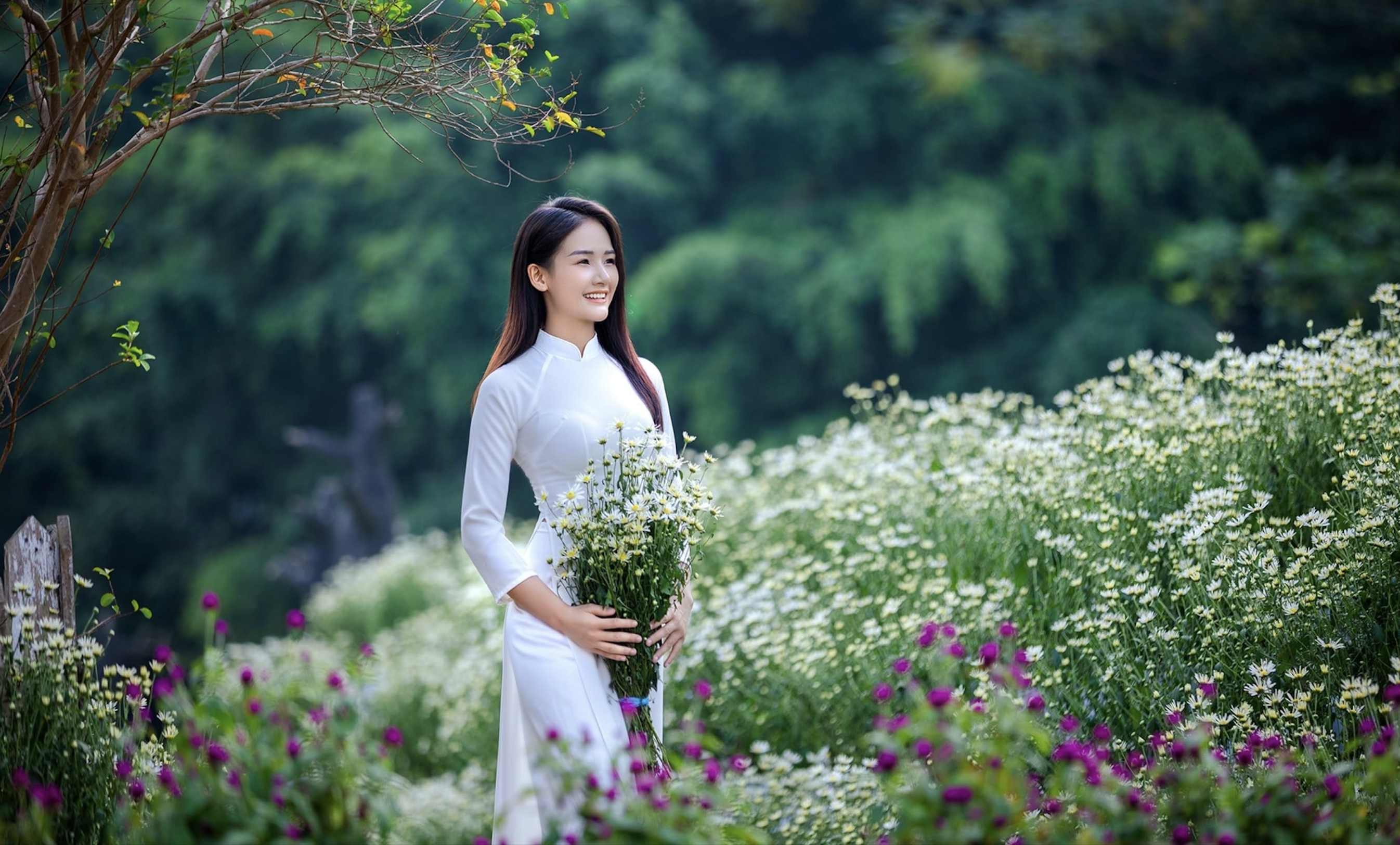
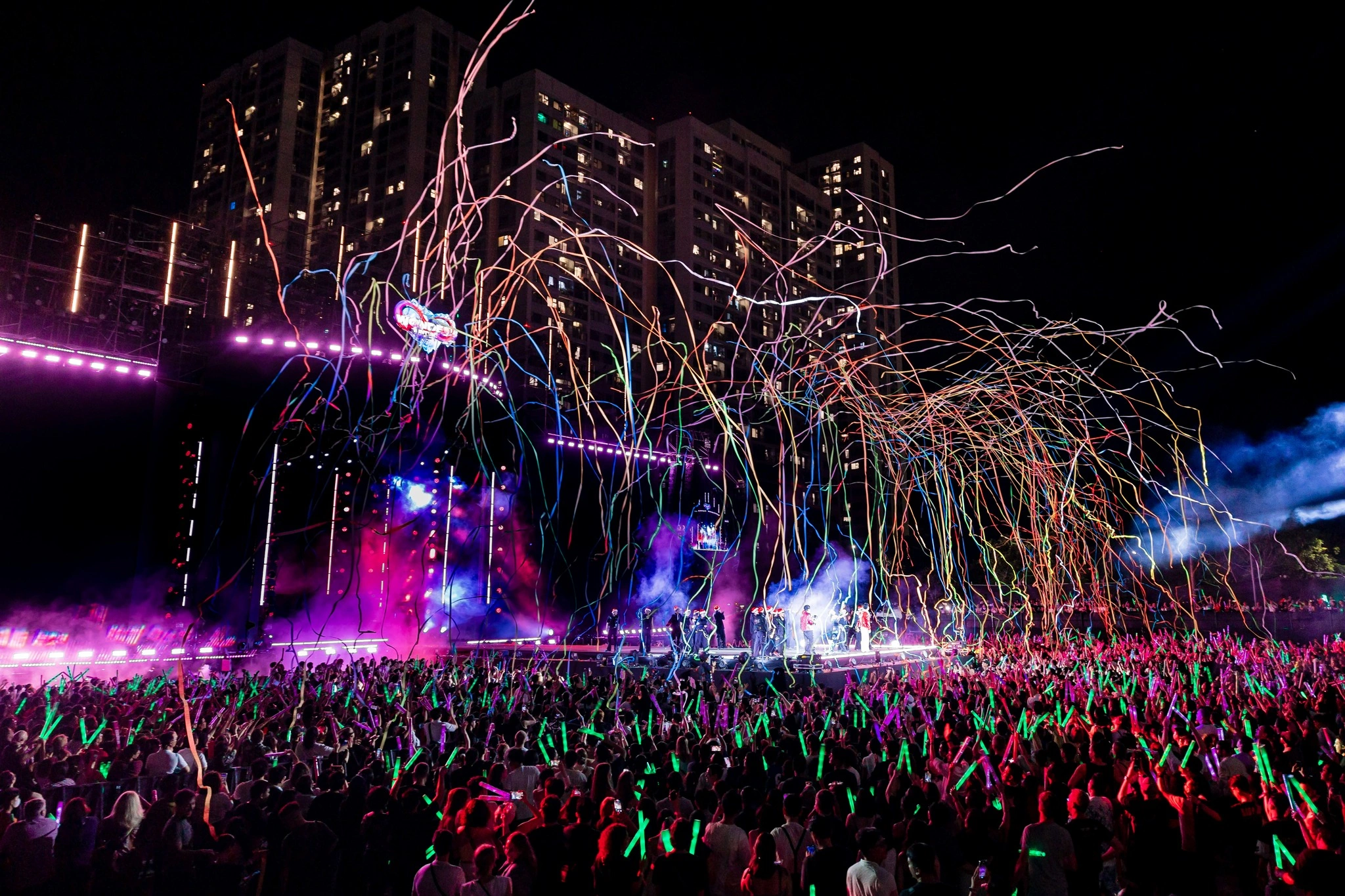
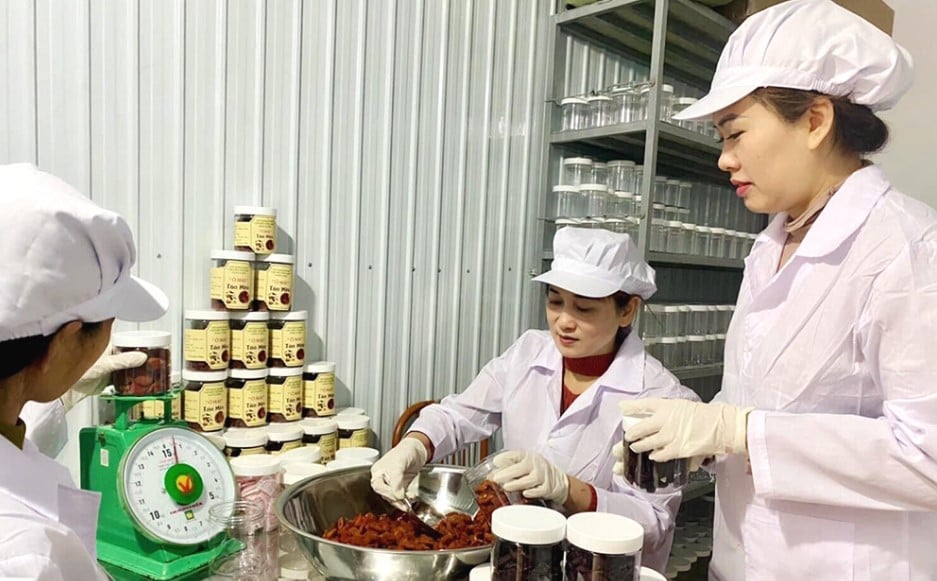
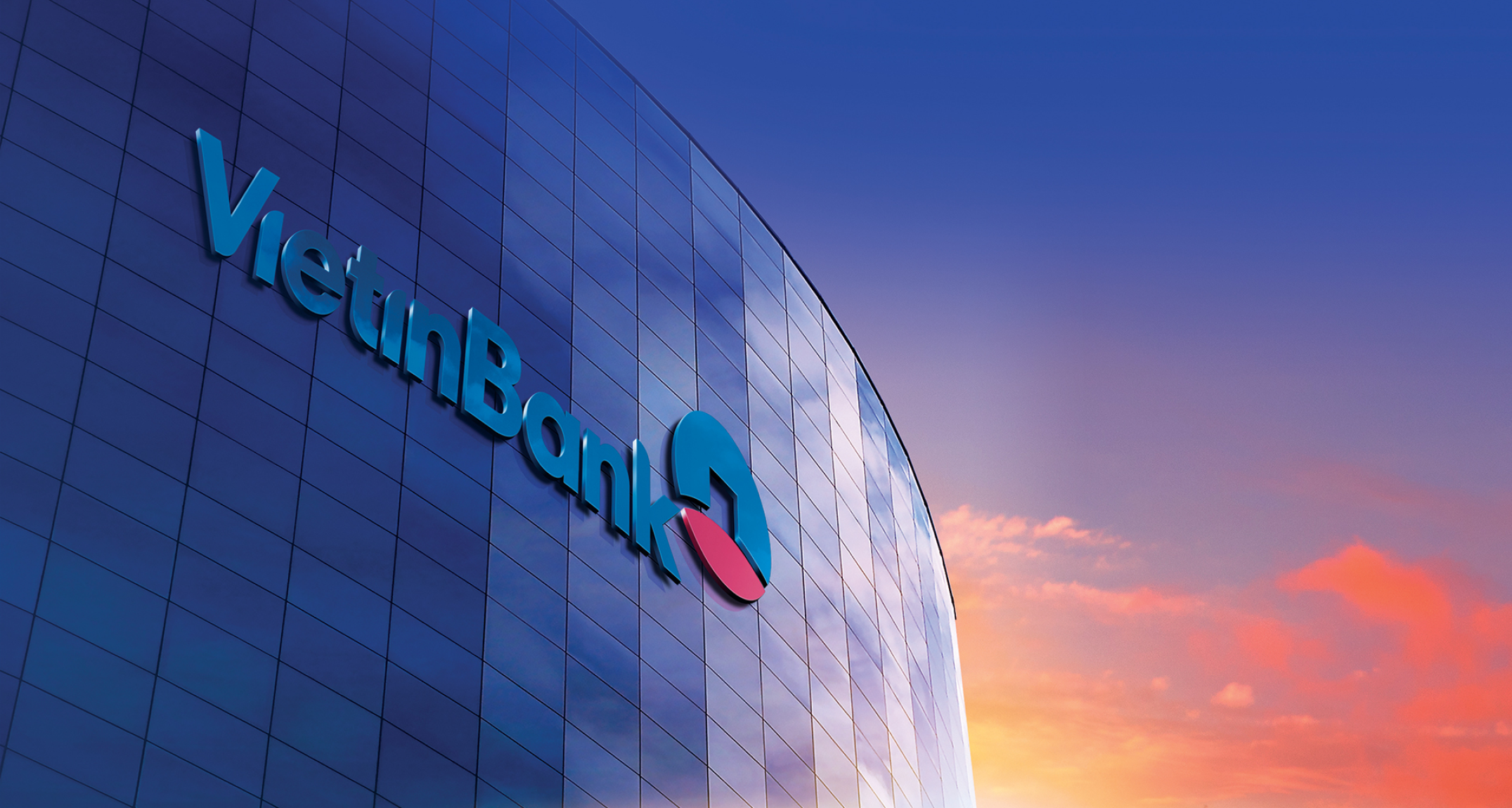
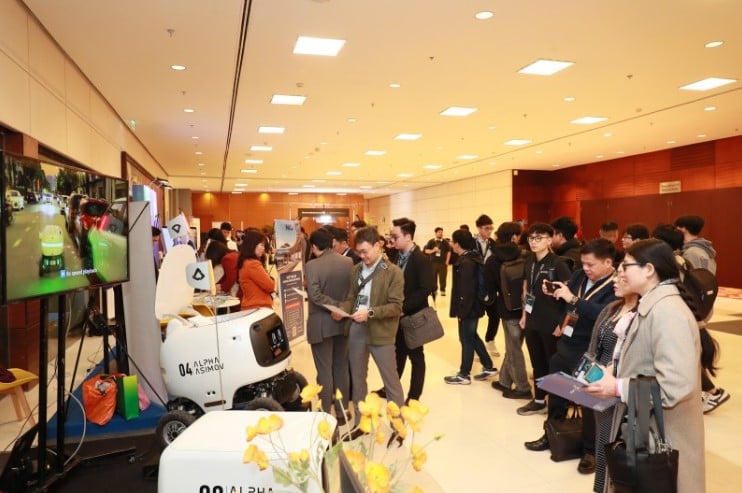
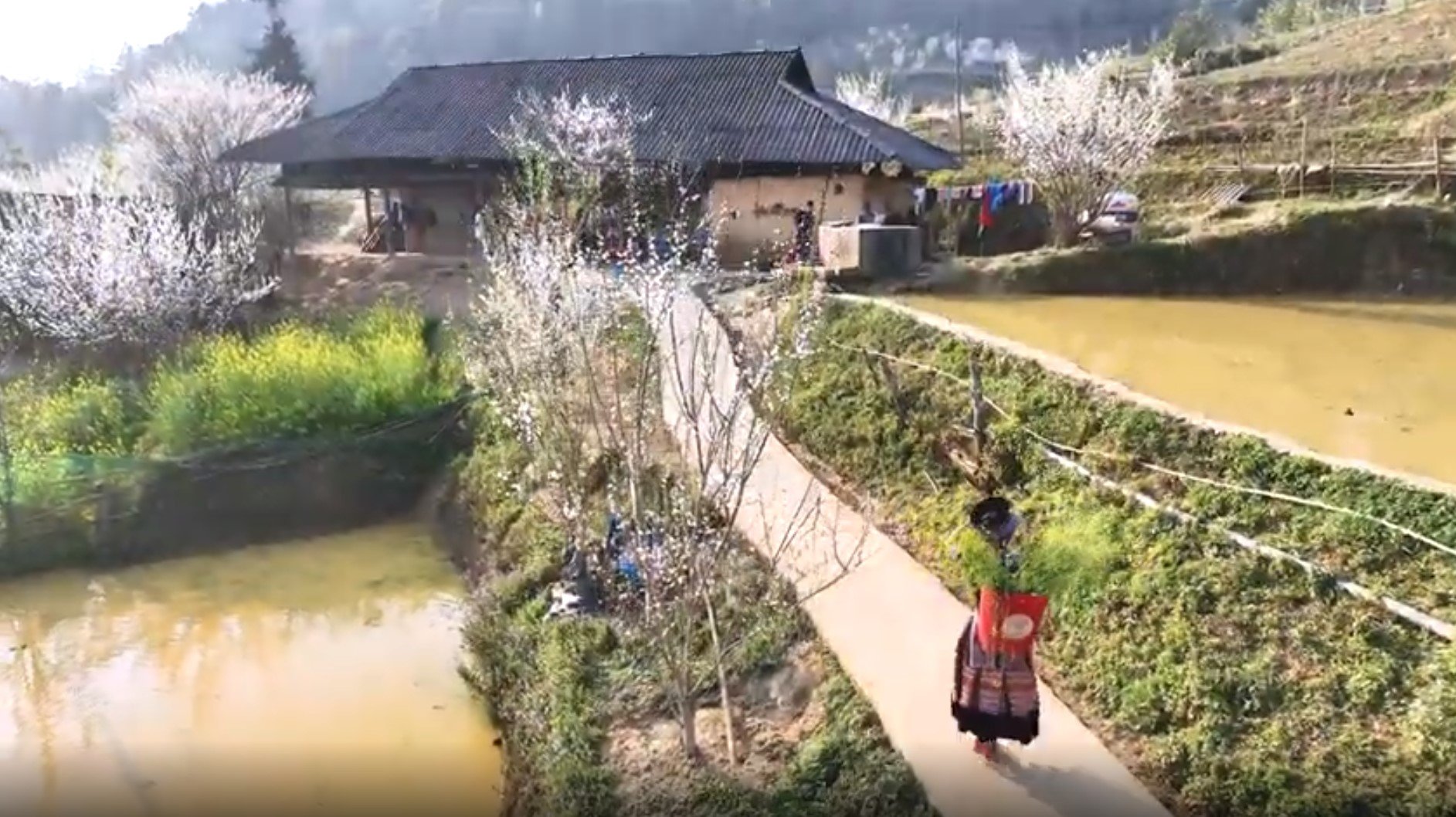


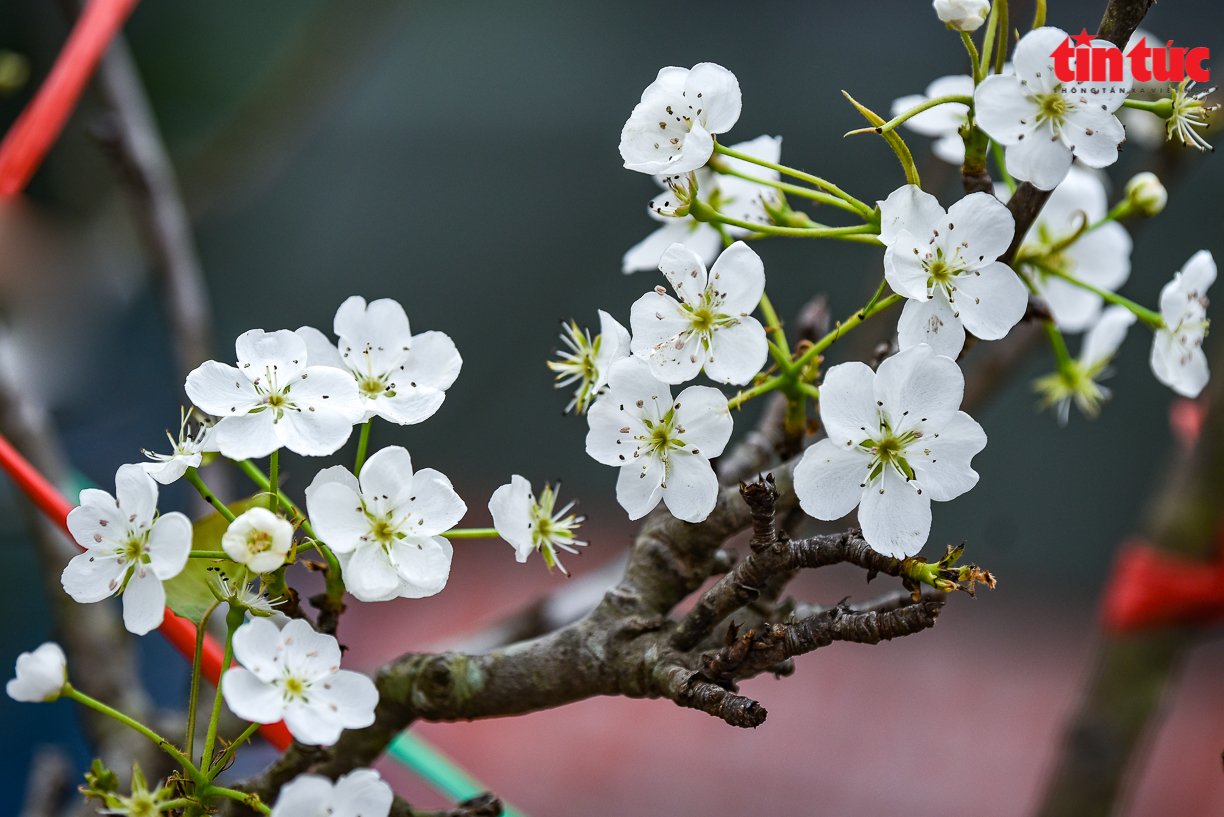

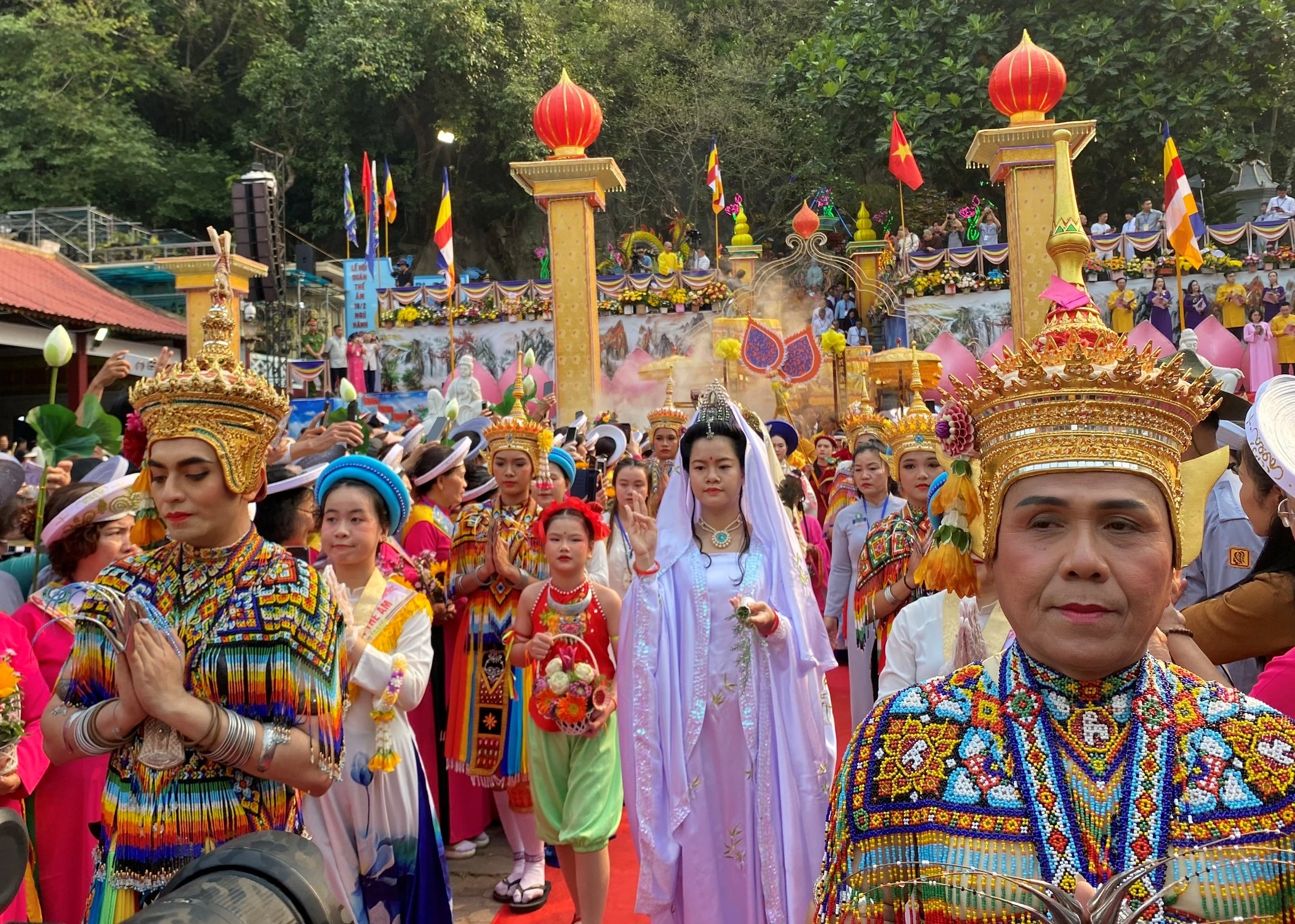

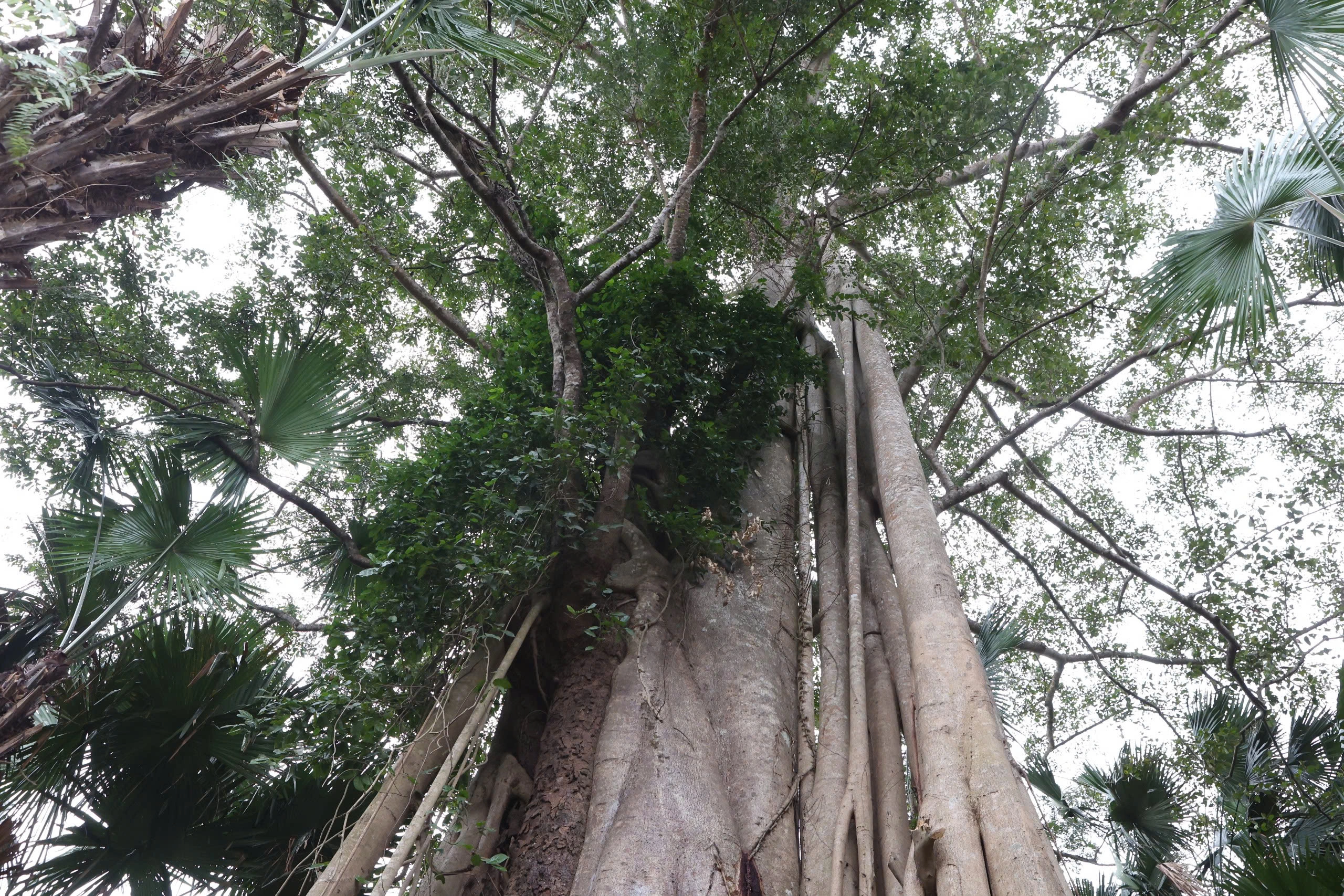
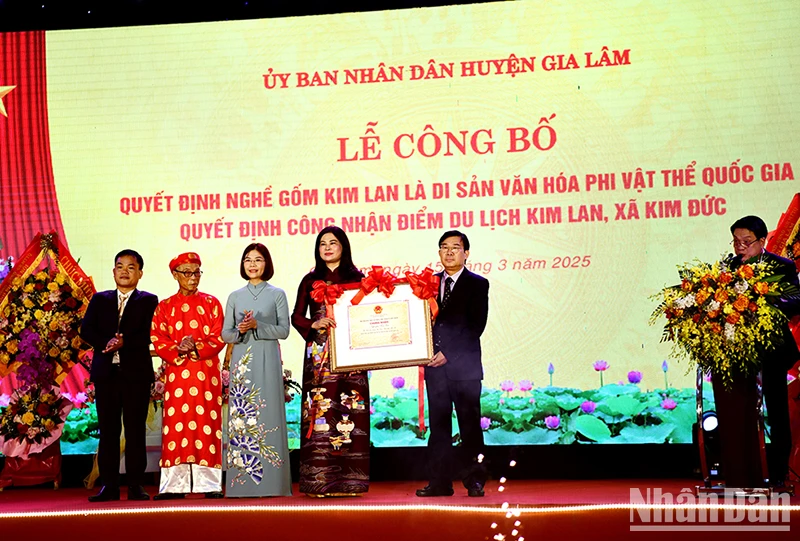

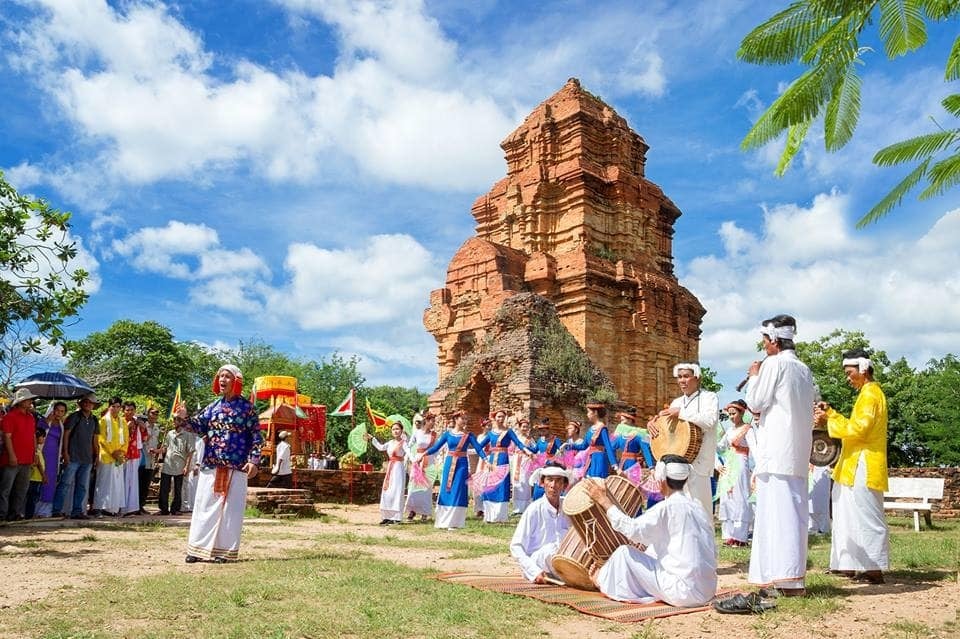

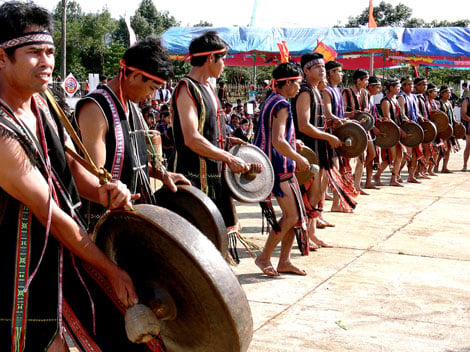

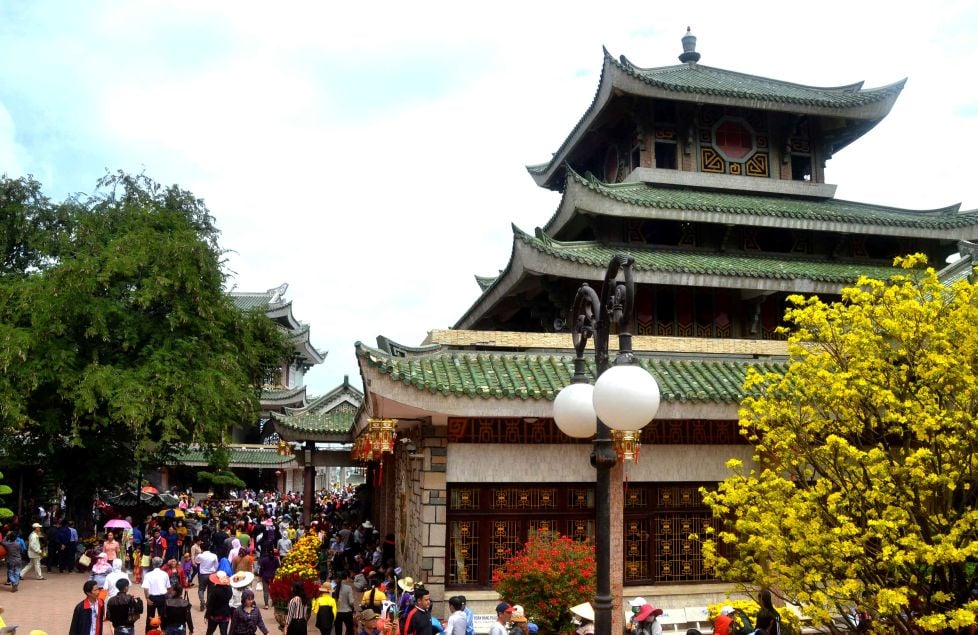

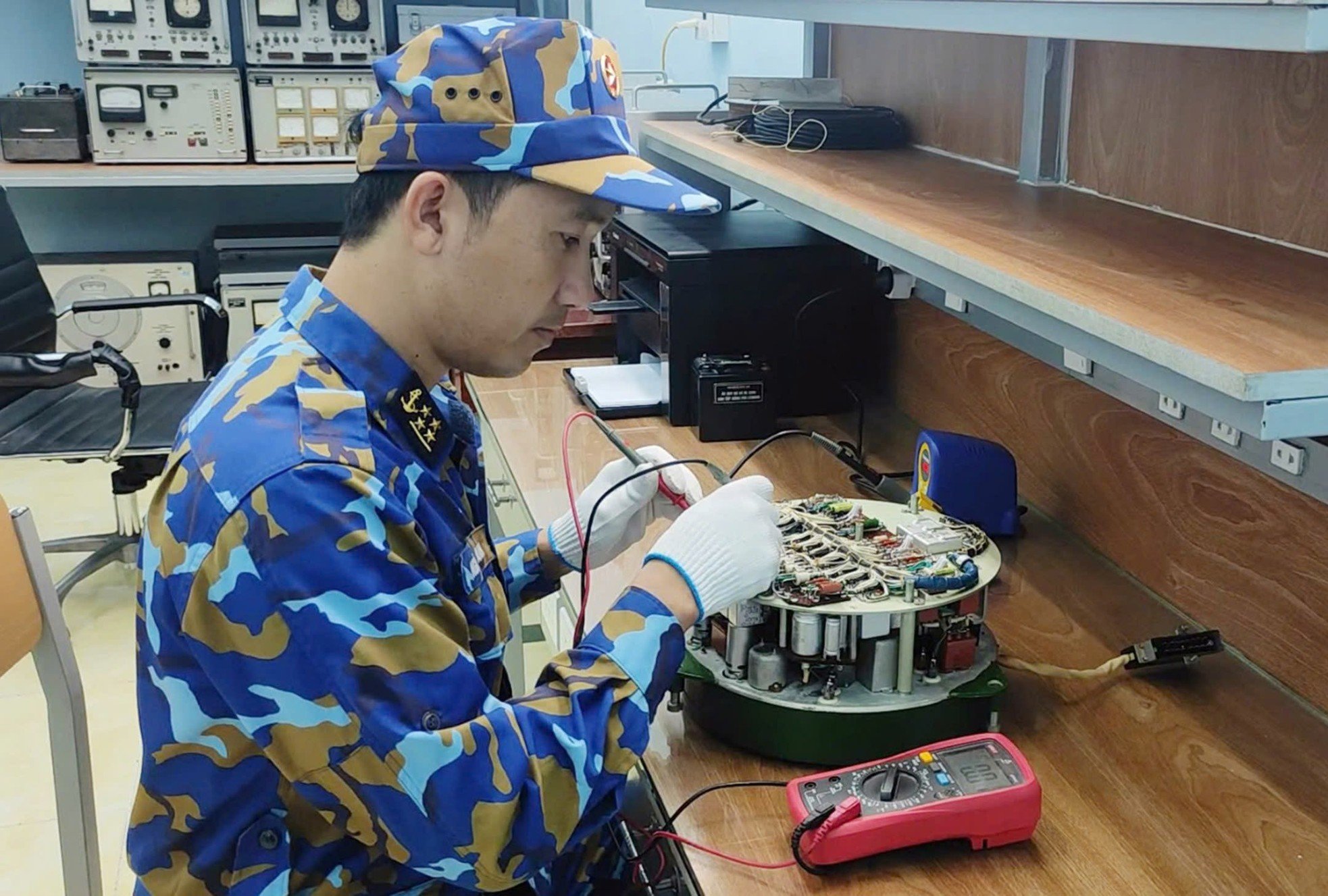
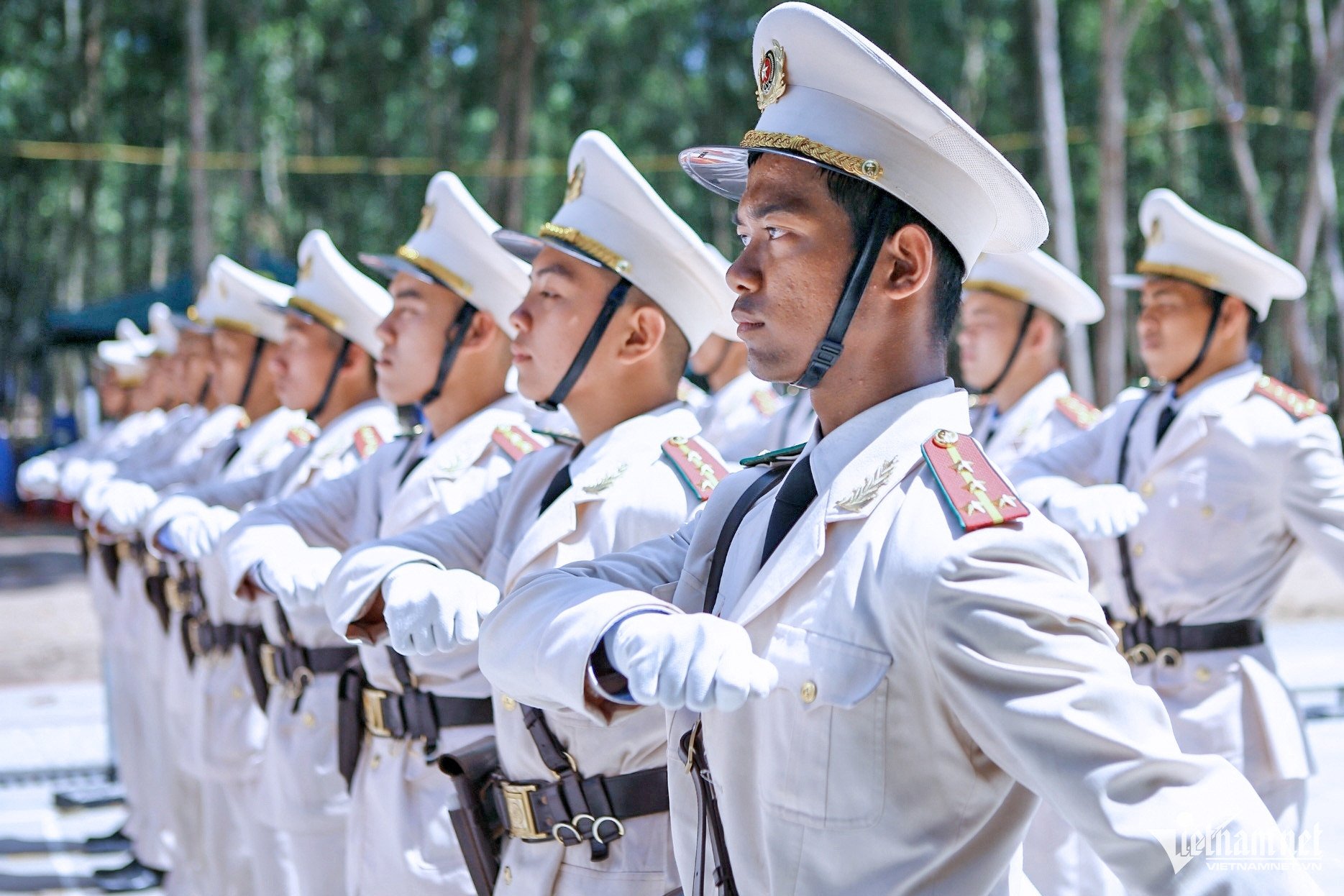


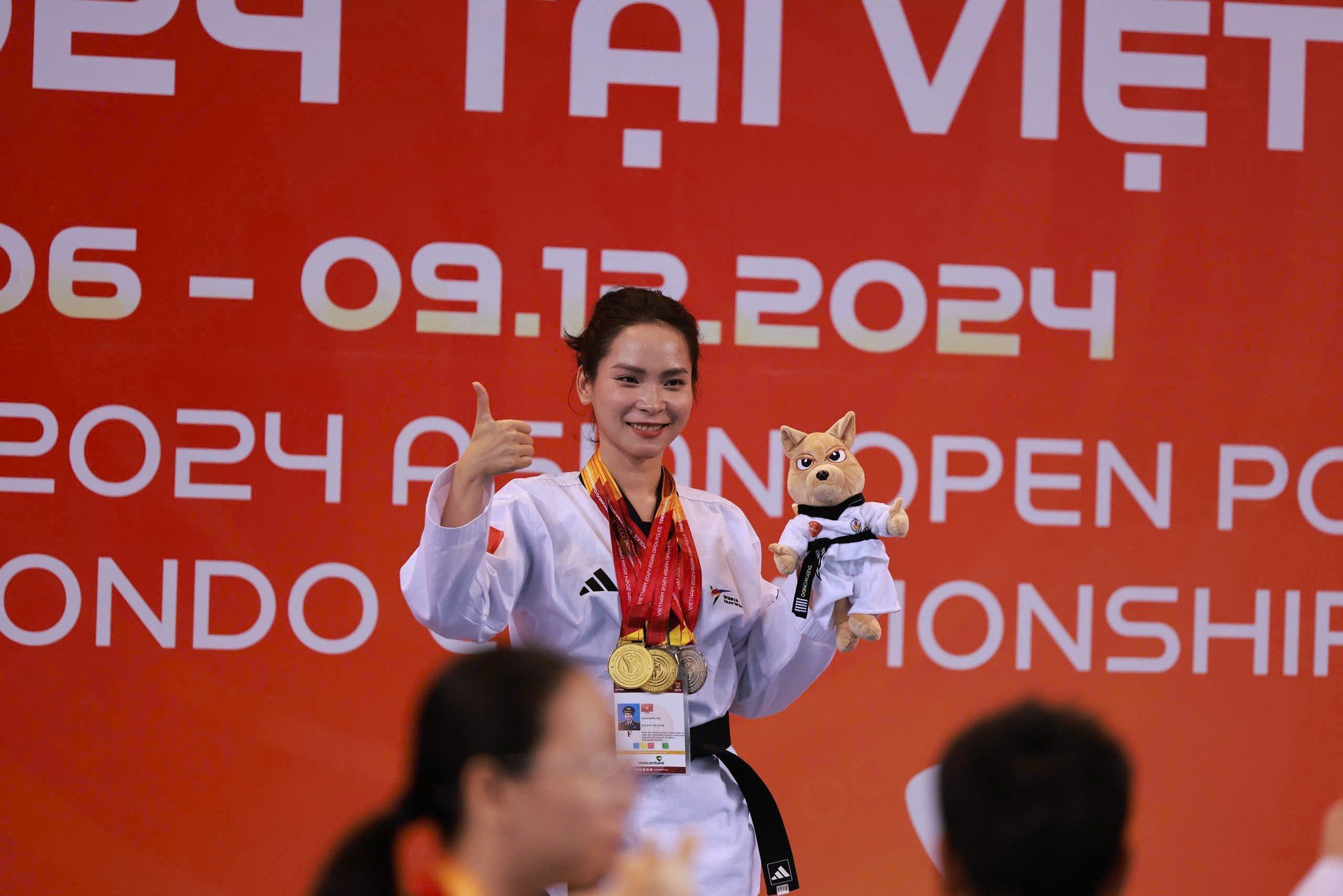
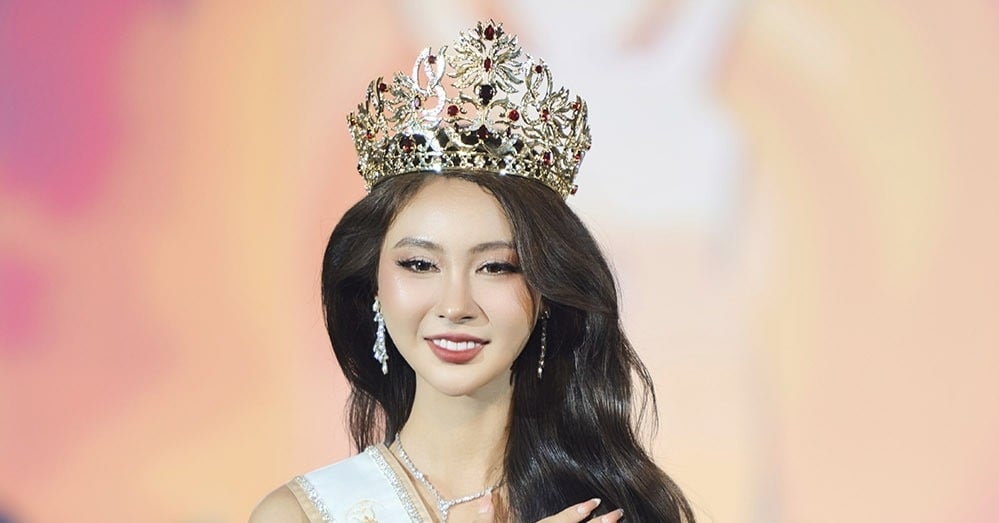
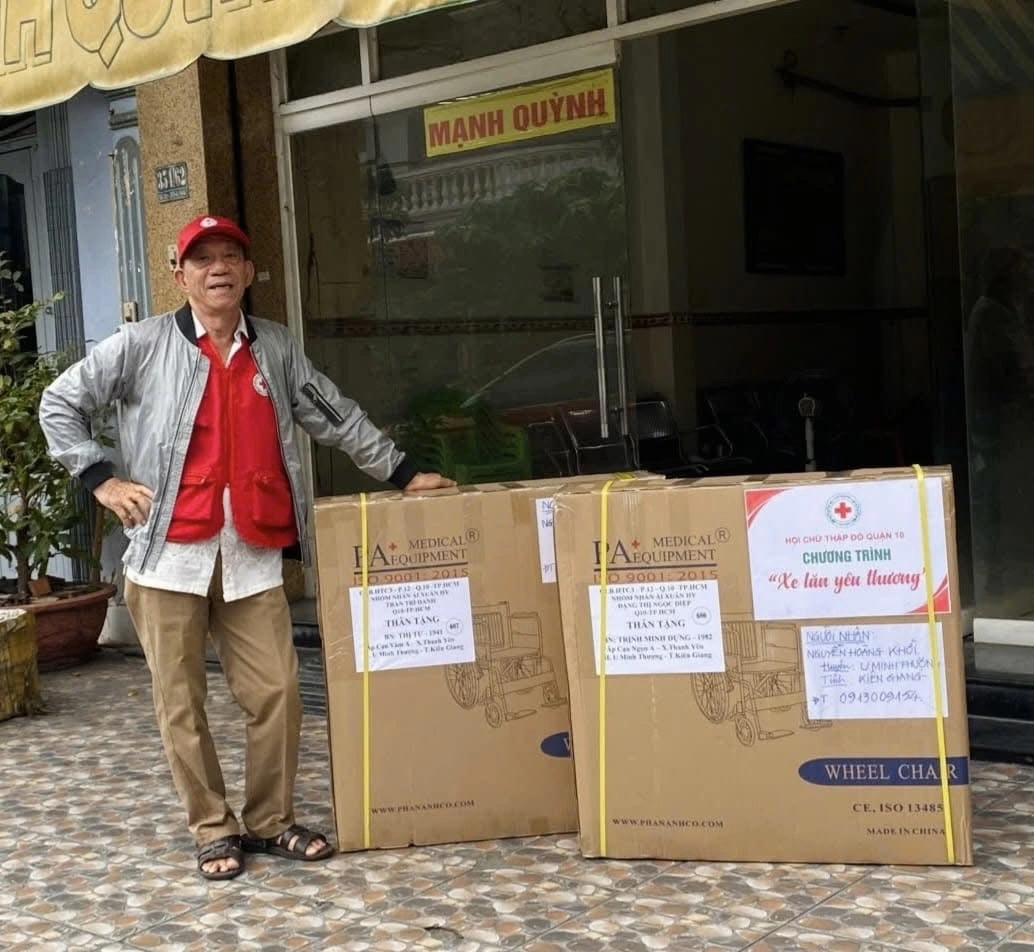







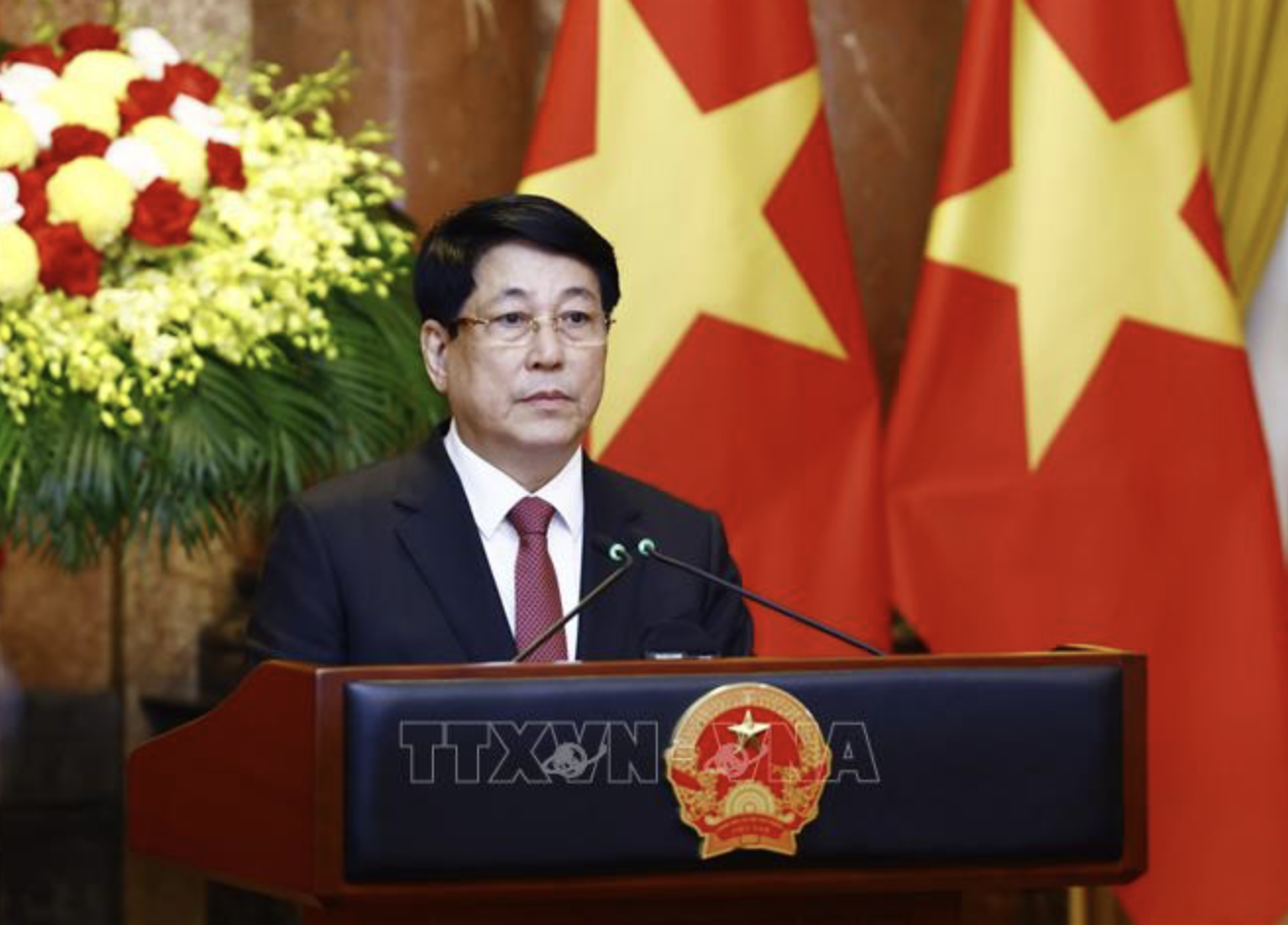

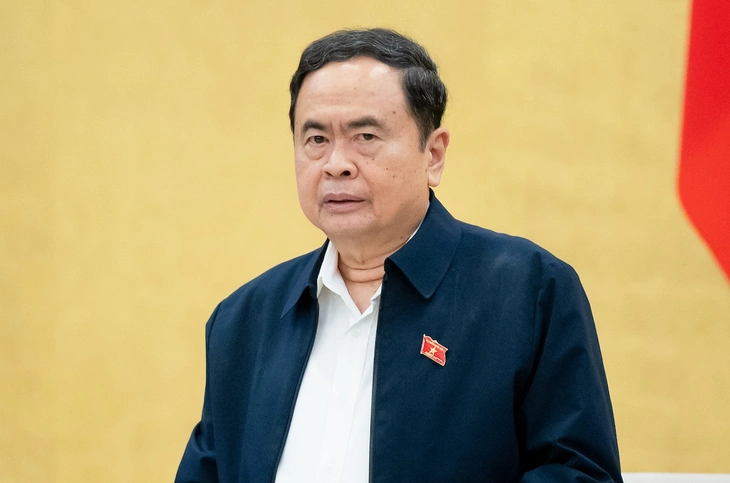


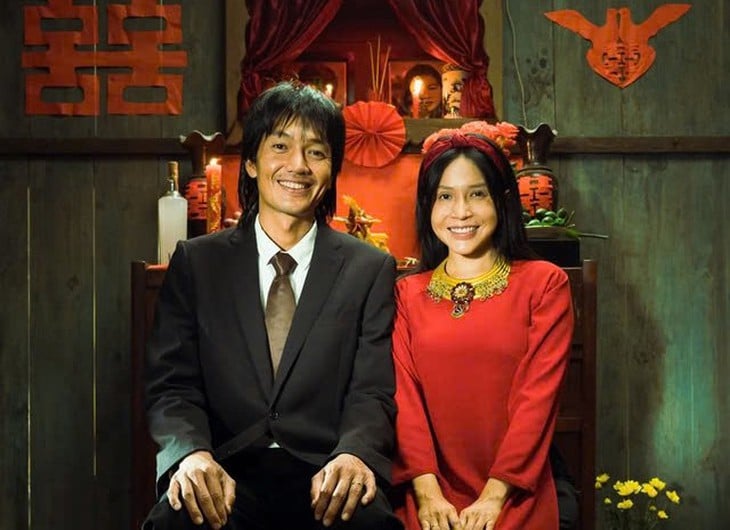

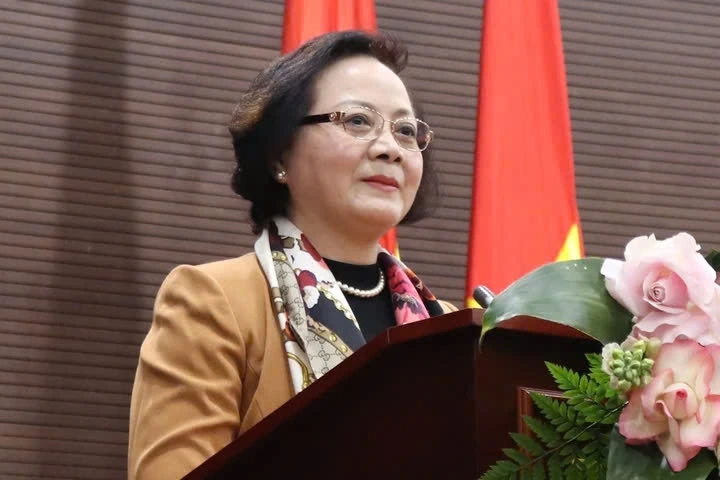

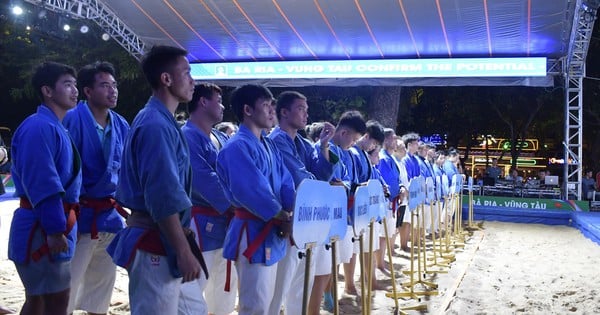

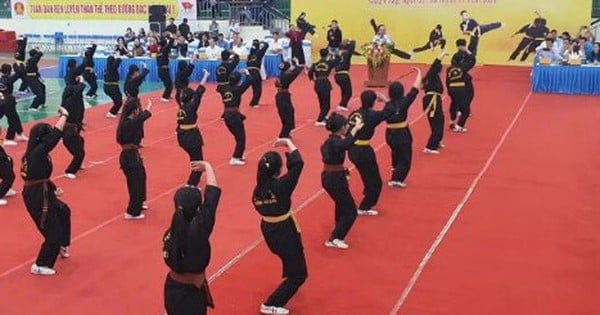
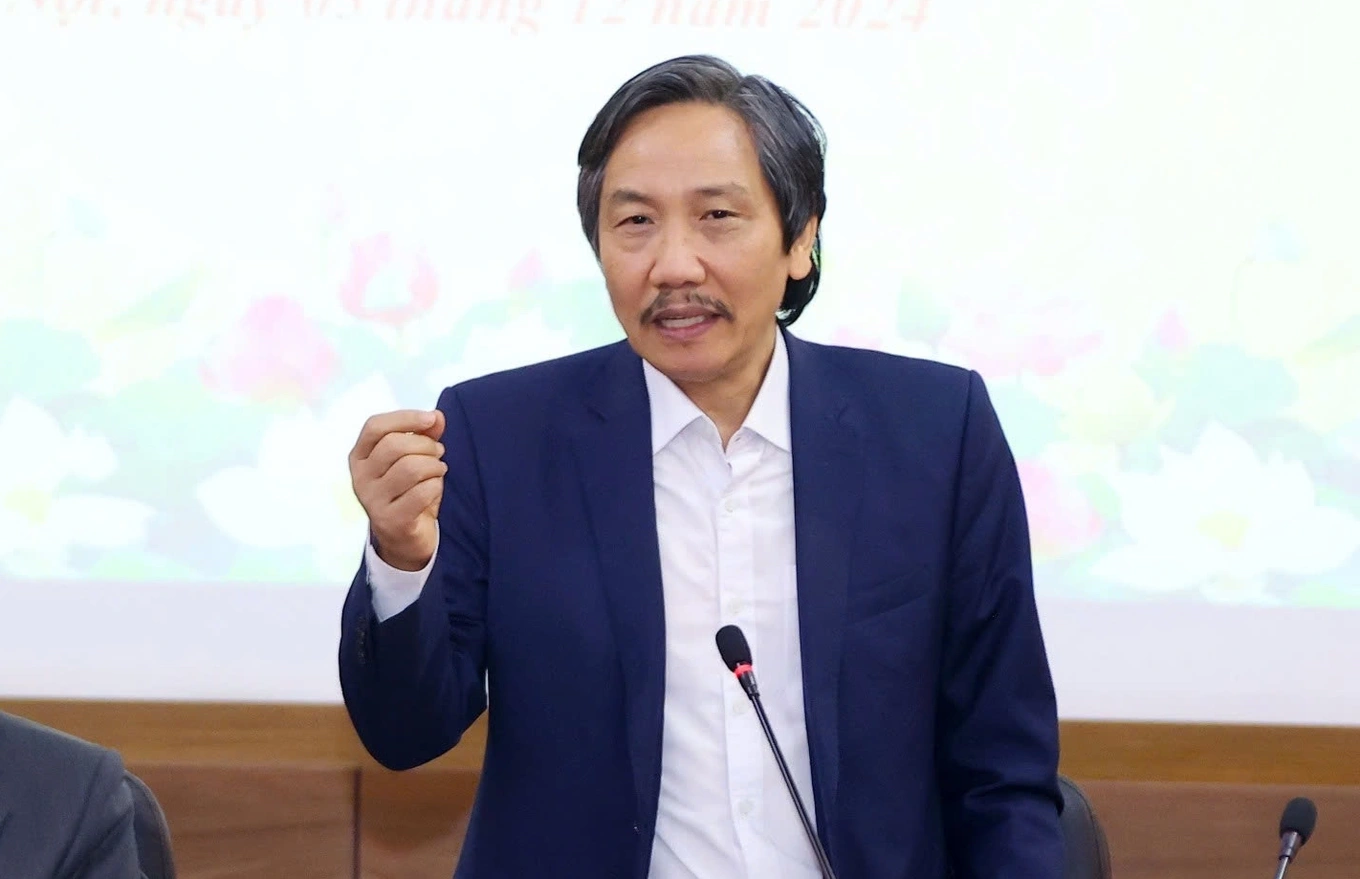
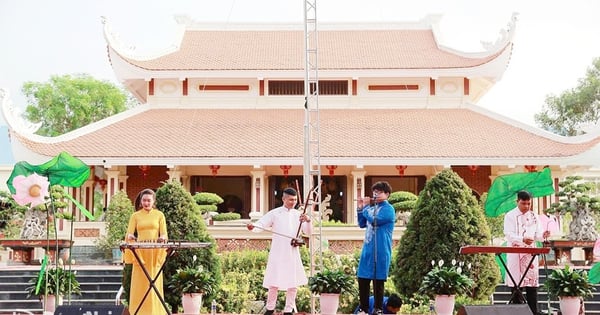
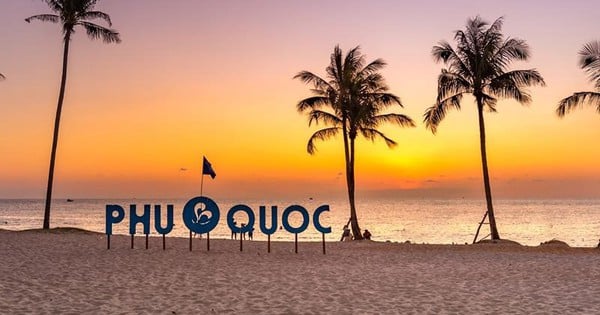

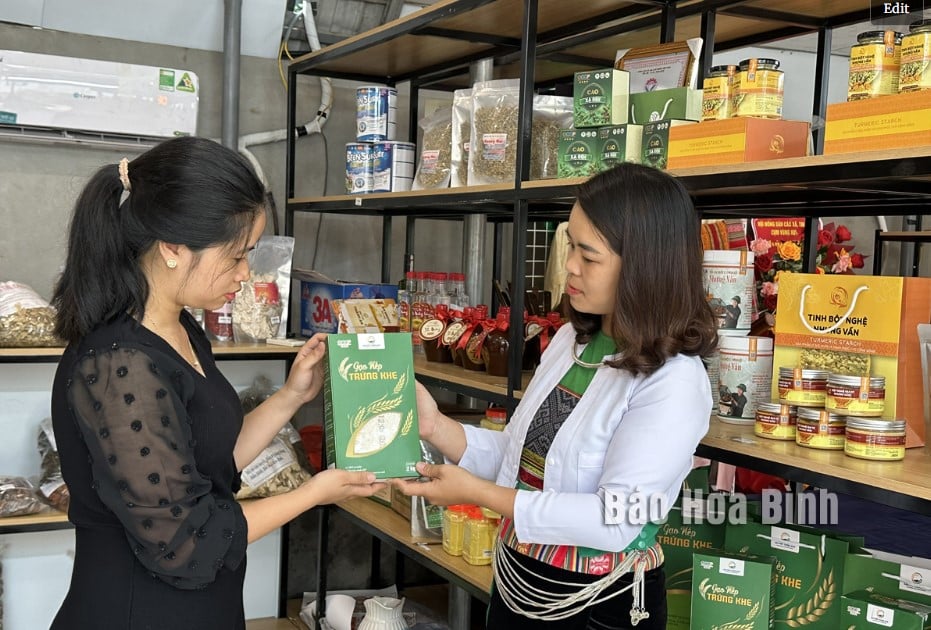

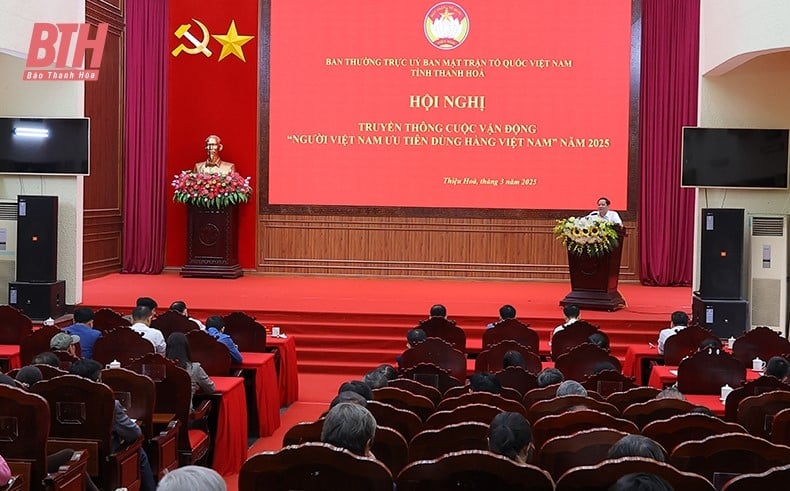

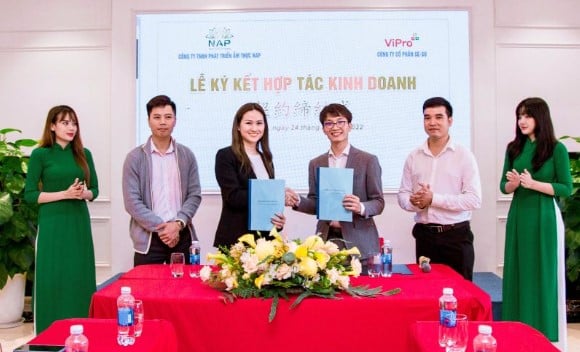
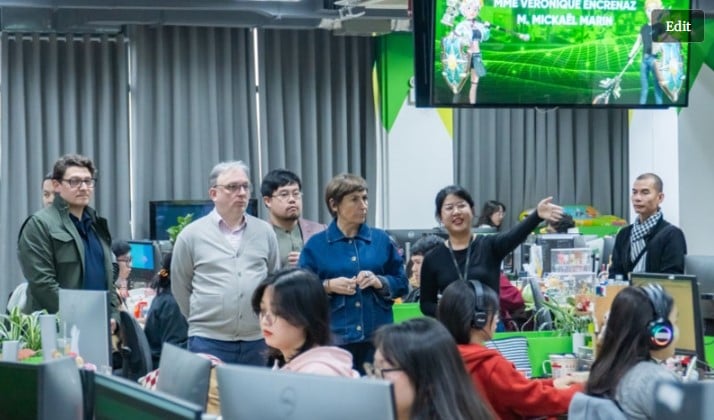


Comment (0)